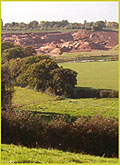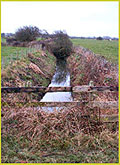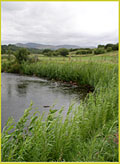Simply Ecology: Habitats.
Understanding the habitats on a site is key to identifying the value of a site for wildlife and helps to pinpoint conservation measures.

Example 1
The Issue: Proposed extension to a sand and gravel quarry required planning permission. An ecological appraisal was required to determine the nature conservation value of the site and its immediate environs.
Solution : An extended Phase 1 survey identified the habitat and protected species issues at the site. The report made recommendations to ensure that the species, including badgers and great crested newts, were addressed in order for the planning submission to be made.

Example 2
The Issue : Installation of new sewage pumping station required assessment of nature conservation issues at the site. An ecological appraisal was required to determine the nature conservation value of the site and its immediate environs.
Solution : An extended Phase 1 survey identified the habitat and protected species issues at the site. The report made recommendations to ensure that otters and water vole were not adversely affected.

Example 3
The Issue : Severe erosion of riverbank was resulting in loss of agricultural land and silt deposits polluting salmon breeding in another designated Cumbrian river, the River Ehen SAC. Traditional ‘hard engineering' such as rock armour to reduce the erosion was not suitable within the SAC, a site valued for its high degree of naturalness.
Solution : Planting of native live willow was advised. This was woven into the riverbank to naturally reduce the erosion and provide enhanced riverbank habitats for wildlife.